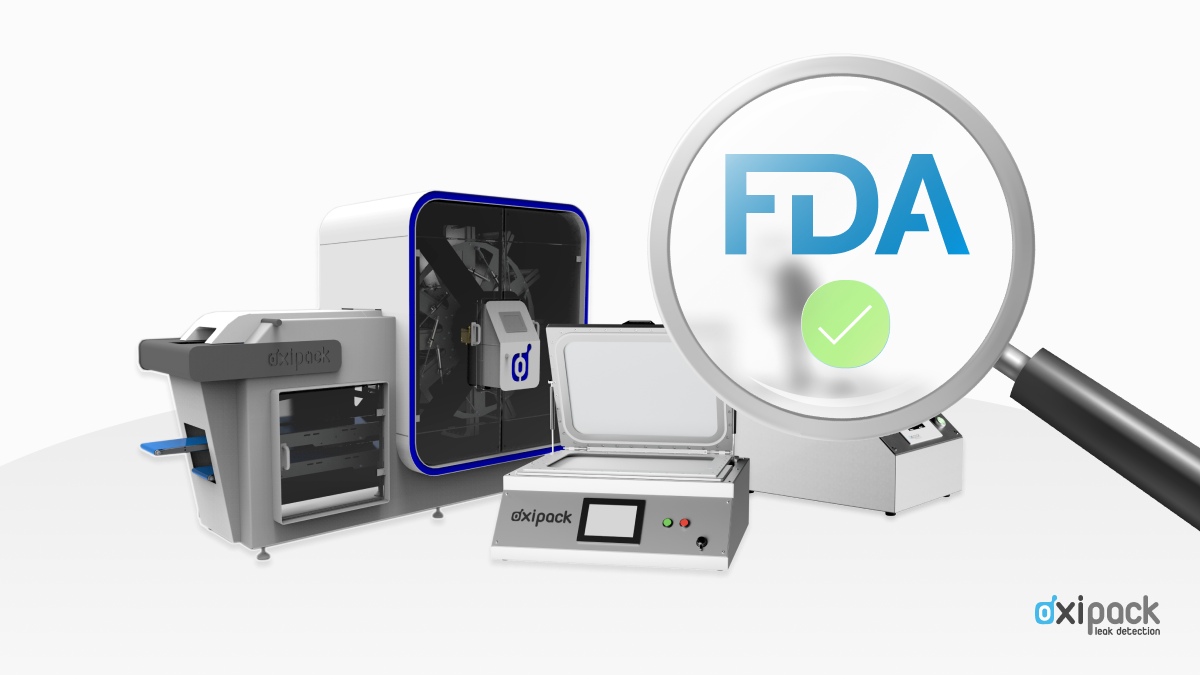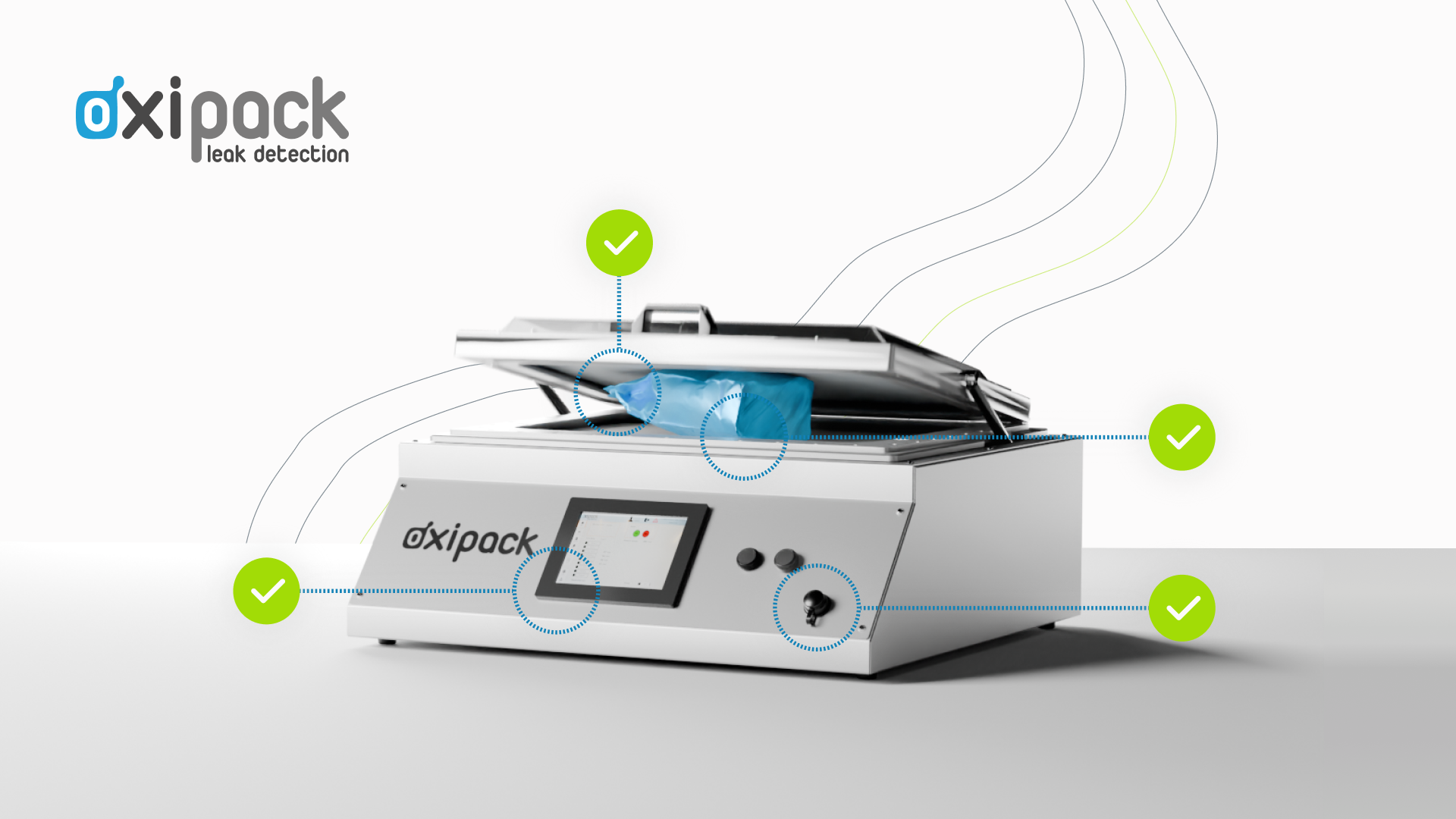The American Society for Testing and Materials (ASTM) plays a pivotal role in setting industry standards for package reliability through its Committee F02 on Primary Barrier Packaging. Formed in 1957, this committee has developed numerous guidelines and procedures to assess and verify the ability of packages to maintain their containment, protection, and preservation capabilities.

Understanding Primary Barrier Packaging
Primary barrier packaging is designed to control or eliminate the passage of gases, vapors, humidity, liquids, microbes, and light. Constructed from materials like papers, nonwovens, plastic films, rigid plastics, glass, and metal foils, these packages directly contact the contents, ensuring their protection. ASTM standards cover various packaging types, including bottles, cans, containers, pouches, sachets, vials, and ampoules.
ASTM Package Reliability Testing
ASTM package reliability testing evaluates a package’s capacity to prevent leaks, withstand external forces, and preserve the product's reliability. The guidelines measure the package’s resistance to factors like pressure differentials, impacts, vibrations, temperature changes, and environmental conditions. These tests simulate conditions that packaging may encounter during handling, transportation, or storage.
Different ASTM Package Reliability Testing Methods
ASTM F2338 - Vacuum Decay Method
Oxipack utilizes ASTM F2338, the Test Method for Non-Destructive Detection of Leaks in Packages by Vacuum Decay Method. This technique involves placing the package in a sealed test chamber, creating a vacuum, and monitoring pressure changes to identify leaks. This non-destructive method provides precise and objective results, capable of detecting even micro leaks, enhancing production efficiency, and minimizing waste.
ASTM D3078 - Bubble Emission Test
ASTM D3078, the Standard Test Method for Determination of Leaks in Flexible Packaging by Bubble Emission, involves submerging the package in a water bath and applying a pressure differential. Bubbles indicate leaks, resulting in a pass/fail outcome. While effective, this probabilistic method lacks quantitative data and may produce false positives due to seal ruptures.
ASTM F1886 - Visual Inspection
ASTM F1886 is a Standard Test Method for Determining the Reliability of Seals for Flexible Packaging by Visual Inspection. It relies on human judgment and may not detect non-visible defects. Therefore, it is recommended to supplement this visual inspection with other methods, like seal strength testing, for a more comprehensive evaluation.
ASTM F2096 - Bubble Test
ASTM F2096, known as the “Bubble Test,” involves pressurizing a gas-filled package in a water-filled chamber and checking for bubbles indicating leaks. This test is effective for significant leaks but may miss smaller ones and does not provide precise leak rates. It is a qualitative assessment used as a pass/fail criterion.
ASTM F1929 and ASTM F3039 - Dye Penetration Tests
ASTM F1929 and ASTM F3039 are dye penetration tests used to detect seal leaks in porous and nonporous packaging. These tests rely on visual inspection to identify dye penetration, indicating leaks. They are qualitative methods and may produce false positives due to factors other than actual leaks. Combining these tests with other methods, like vacuum decay, provides a more comprehensive assessment.
Choosing the Right Method for Testing Packaging Reliability
Selecting the appropriate method for testing packaging reliability depends on the specific requirements and industry standards. Each ASTM method has its strengths and limitations. For instance, the vacuum decay method offers precise, non-destructive testing, making it ideal for various industries, including pharmaceuticals and food packaging.
At Oxipack, we specialize in non-destructive leak detection methods like the vacuum decay method, ensuring reliable and accurate results. By adhering to ASTM standards, manufacturers can maintain high-quality packaging, ensuring product safety and compliance throughout the distribution chain.
Understanding and implementing ASTM package reliability standards is essential for ensuring the safety, quality, and preservation of products. Different testing methods offer various benefits, and selecting the right one depends on industry-specific needs. Oxipack’s vacuum decay method aligns with ASTM F2338 standards, providing a reliable solution for package reliability testing. For more information on how we can help you ensure your packaging meets industry standards, feel free to get in touch with us.



